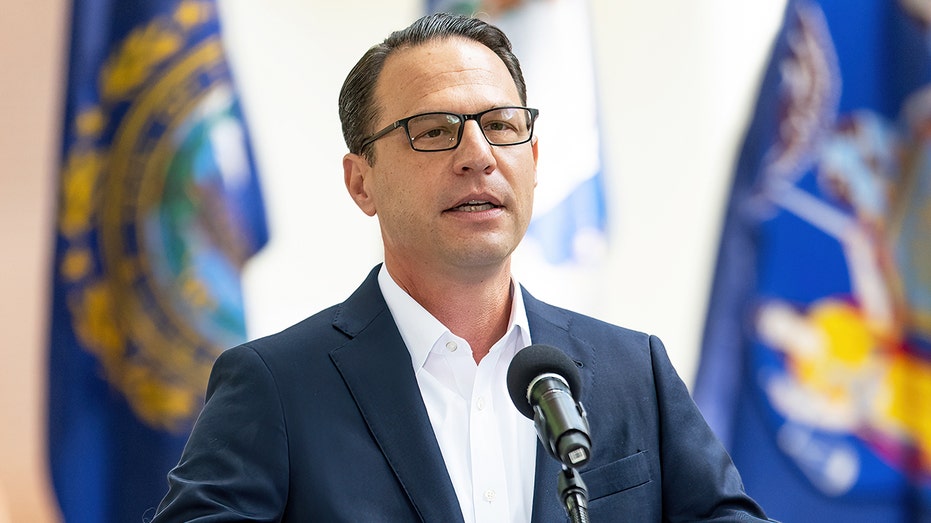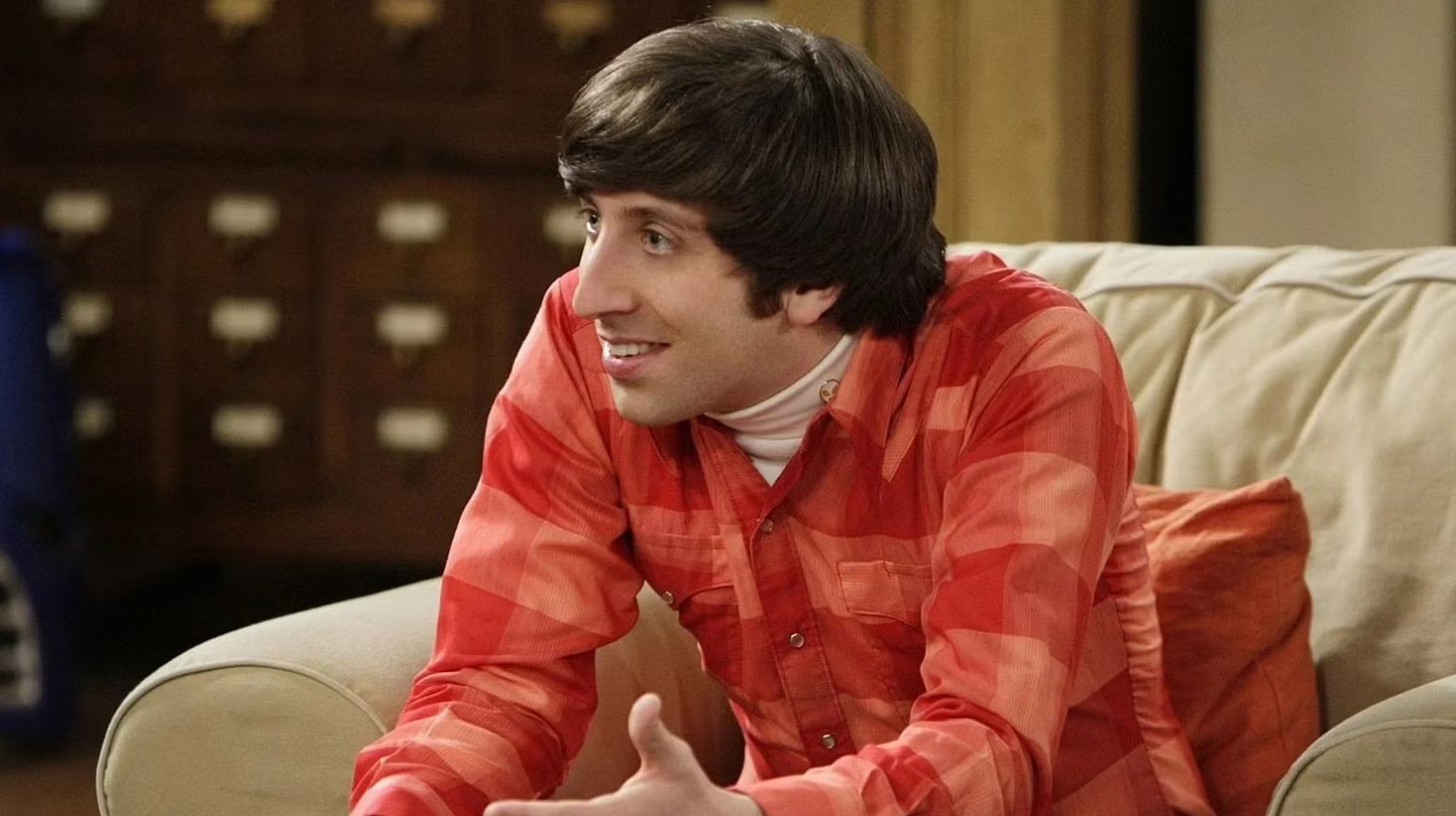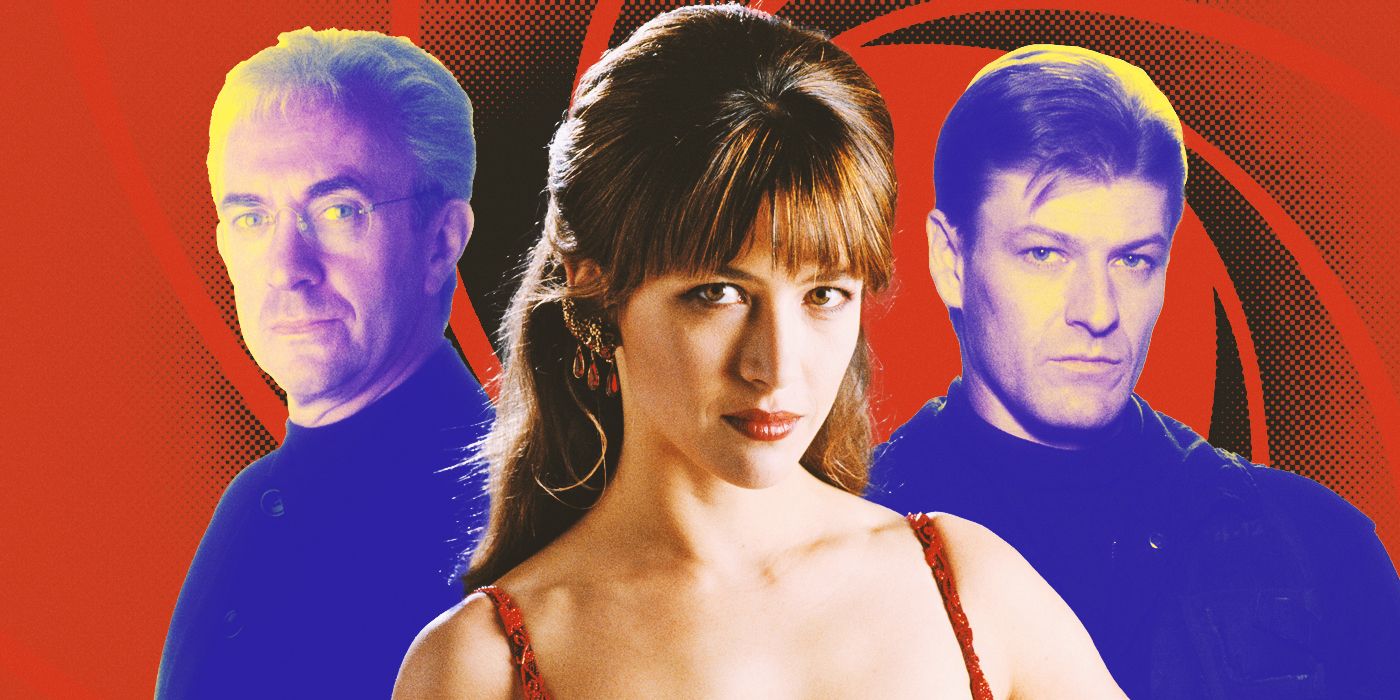WTF Happened to Inland Empire? – What manner of madness is behind this David Lynch oddity
Join us as we explore David Lynch's 2006 mind job Inland Empire, starring Laura Dern as an actress steadily descending into madness. The post WTF Happened to Inland Empire? – What manner of madness is behind this David Lynch oddity appeared first on JoBlo.
Man, oh, man. It’s impossible to overstate the monumental loss the filmgoing world suffered with David Lynch’s passing on January 15, 2025. A true artistic visionary and singular voice who made movies unlike anyone before or since, the often imitated, never emulated surrealist filmmaker deserves a special place in the pantheon of all-time greats. Whether Eraserhead, The Elephant Man, Blue Velvet, Wild at Heart, Twin Peaks, Lost Highway, or Mulholland Drive, few filmmakers plumbed the subconscious and unconscious the way Lynch did, tapping into his own personal psychological state to lend the world a collection of cinematic nightmares that continue to awe, inspire, haunt, and speak to countless fans worldwide.
As we bid a fond farewell to the undisputed master of celluloid dreams and nightmares, it only seems right to take a closer look at Lynch’s tenth and final feature film, Inland Empire, inarguably the most auteur-driven, experimental, and avant-garde outing of his illustrious 45-year career.
Released in late 2006, Inland Empire marked many firsts for Lynch despite being his final feature. For instance, Lynch began shooting the film without a completed screenplay, making up scenes on the spot daily with piecemeal improvisation and impromptu creativity. Lynch also shot the movie personally using a low-resolution handheld digital camcorder, a technical risk he’d never attempted during his 40-year career. Lynch also composed and edited the film himself. Of course, that’s just scratching the surface of an artistic process equally as obscure and outlandish as the movie itself, leaving us to investigate once and for all, What The F*ck Happened to Inland Empire!

Okay, so as the legend goes, Inland Empire began with a meeting between David Lynch and his long-time cinematic muse, Laura Dern. First, Lynch rang Dern up and asked, “Do you want to come experiment?” During the meeting, Dern mentioned that her then-husband, musician Ben Harper, was from a neighborhood east of Los Angeles County called Inland Empire. Having never heard of the area, Lynch was immediately smitten with the title Inland Empire and opted to make a movie based on it. As only Lynch could articulate with unironic candor – “I like the word Inland. And I like the word Empire.” Yeah, par for the course when you ask a true artist about the meaning of their work.
As Lynch once famously stated:
“It makes me uncomfortable to talk about meanings and things. It’s better not to know so much about what things mean. Because the meaning, it’s a very personal thing, and the meaning for me is different than the meaning for somebody else.”
While mining Inland Empire’s meaning is no easy chore, the film’s twisted premise was reduced to the basic tagline: “A Woman in Trouble,” based on Lynch’s description to studio executives. The woman refers to Laura Dern’s character, Nikki Grace, a Hollywood actress whose real life begins to blur with the fictional character she plays, Sue Blue. Dern is joined by several frequent Lynch collaborators, including Namoi Watts, Laura Harring, Harry Dean Stanton, Justin Theroux, and Grace Zabriskie.
Despite being inspired by the title Inland Empire, Lynch did not originally envision the project as a feature film. While promoting the film at the AFI Dallas Film Festival in 2007, Lynch admitted that thanks to the freedom of handheld digital cameras, he would come up with an idea, film it quickly, and move on to the next unrelated concept. Over time, these discontiguous scenes began to add up and shape a semi-coherent narrative about Nikki’s Hollywood disillusionment.
Before detailing the technical methods Lynch employed, it’s worth noting that Inland Empire was filmed in black and white over two years, harking back to Lynch’s filmmaking process on his masterful debut Eraserhead 40 years prior and completing his final feature with a poetic full-circle. The big difference is that, by 2006, Lynch had sworn off celluloid and vowed to solely shoot movies digitally due to the freedom it afforded.
Produced for three million dollars, Inland Empire was primarily shot in Lodz and Warsaw, Poland, with pickups done in Los Angeles afterward. For example, Nikki’s house was filmed in downtown L.A. on Mount St. Mary’s College at the famous Doheny Mansion.
Due to his hands-on approach, Lynch had more creative control than ever before. He wrote, lit, shot, edited, designed sound, composed the soundtrack, created several original songs, and self-distributed Inland Empire in a tour-de-force piece of auteur moviemaking. He even made a voice cameo in the movie. It happens during the scene where movie director Kingsley Stewart, played by Jeremy Irons, talks to an off-screen gaffer through a megaphone. Lynch voiced Bucky the gaffer in a lilt differing greatly from his trademark vocal tone.
Hell, Lynch also invested personal financial resources to produce the film with his longtime editor and ex-wife, Mary Sweeney. The French production company StudioCanal paid for the rest of the production, marking the fourth investment in a Lynch movie.
More impressive yet, Lynch shot the entire movie on a handheld Sony DSR-PD150 camcorder, a consumer home video recording device far cheaper than the industry-standard 35mm film camera. Lynch was so liberated using a digital camera that he vowed to stop using film, stating the former allowed for “more room to dream,” an on-brand statement from the cinematic surrealist that we’ll touch on later.

First, Lynch said this to IndieWire about his desire to shoot digitally:
“It was so lightweight and fast. Small lights, lightweight camera, long takes — those three things right there change everything. Of course, now you’ve got digital cameras that are giant with lenses that weigh 50,000 pounds and you’re back in the old world, with a long time to wait for lighting. But there are also smaller and smaller cameras that have more and more features — better automatic focus, more steadying gizmos.”
Regarding his view on film versus video, Lynch told Variety before making Inland Empire:
“I started working in DV for my Web site, and I fell in love with the medium. It’s unbelievable, the freedom and the incredible different possibilities it affords, in shooting and in post-production.”
“For me, there’s no way back to film. I’m done with it. I love abstraction. Film is a beautiful medium, but it’s very slow and you don’t get a chance to try a lot of different things. With DV, you get those chances. And in post-production, if you can think it, you can do it.”
Without a completed script headed into photography, Lynch wrote new scenes as fit each day before filming, handing pages of dialog to his actors moments before hitting record. This gave the actors an off-the-cuff spontaneity, making the project risky and highly experimental. It also allowed Lynch immense freedom to use the handheld Sony camera to capture the scenes in the moment, as they were happening. Before the movie’s release, Lynch discussed the daring process, stating:
“I’ve never worked on a project in this way before. I don’t know exactly how this thing will finally unfold … This film is very different because I don’t have a script. I write the thing scene by scene and much of it is shot and I don’t have much of a clue where it will end. It’s a risk, but I have this feeling that because all things are unified, this idea over here in that room will somehow relate to that idea over there in the pink room.”

Once principal photography was completed, Lynch edited the film for six months, using Final Cut Pro, a commercial consumer product well below the industry standard in 2006. Lynch discussed the reason Sweeney did not edit Inland Empire, declaring:
“There wasn’t a real organized script to go by, and no one knew what was going on except me But it wasn’t a problem because digital editing is such a dream, and when you go in there on your own you discover elements that you wouldn’t if you were one step removed, like an ordinary editor. For me, it’s so important to get in there on your own and go through the whole process.”
With his unique fingerprints over the whole process, Inland Empire is arguably Lynch’s most personal and authorial movie, capping a 40-year career unlike any in Hollywood. As for the editing process, it’s worth noting that Michael Pare was cast in a videographed role, which was ultimately dropped from the final cut.
Regarding the music in the film, Lynch wrote and performed eight of the eighteen songs listed on the soundtrack, including vocals on the haunting opening track, “Ghost of Love.” Rather than reuniting with longtime composer Angelo Badalamenti, Lynch hired Polish composer Marek Zebrowski to arrange the Inland Empire score. Lynch also incorporated pop songs by every artist, from Beck and Dave Brubeck to Etta James and Nina Simone. Polish orchestral music by Krzysztof Penderecki and Broadway musical arrangements by Mantovani were also incorporated. Like the barrage of disparate images the songs are set to, the movie’s musical mixture is otherworldly and stranger than most.
As a French company, StudioCanal understandably opted for a Canne Film Festival premiere for Inland Empire. The film bowed at the 2006 Venice Film Festival instead, with Lynch deciding to self-distribute the movie afterward. In January 2007, Lynch told The Hollywood Reporter:
“I haven’t self-distributed since Eraserhead. But it’s the best option, the common-sense option, and the exciting option, so there we go. My films aren’t considered summer blockbusters, and the advance I get from distributors is usually the last money I ever see. This holds the possibilities of seeing more, but I also get to be more involved and do the kind of follow-through I haven’t done since ‘Eraserhead.’”
Similar to the freedom of filming digitally, Lynch was liberated by the self-distribution process, adding:
“With self-distribution, I’m able to shape the outcome of the film so much more. I’m looking forward to meeting theater owners and getting out among the people with the cow.”

Holy cow, indeed. Part of Lynch’s distribution plan was to convert the video to film, acquire the movie rights from StudioCanal and DVD rights from Rhino Films, and arrange a deal to distribute through traditional cinemas and digital means. Lynch supervised a 75-minute behind-the-scenes featurette, “More Things That Happened,” which is included on the 2007 DVD. The featurette has additional footage of Sue and Smithy’s marriage, the Phantom, and Hollywood Boulevard streetwalkers.
In 2023, The Criterion Collection issued a 2-disc Blu-ray release of Inland Empire. Supervised by Lynch, the 4K transfer by Janus Films was achieved by taking the High-Definition version of the movie, downgrading it back to Standard Definition to eliminate “false detail,” and converting it to 4K using an upgrading AI algorithm.
Now, per Lynch’s aversion to discussions about meaning, we dare not attempt an interpretation regarding Inland Empire’s narrative. For Christ’s sake, stars Laura Dern and Justin Theroux don’t even know what the hell the movie is about.
While attending the Venice premiere, Dern quipped before seeing the movie that she did not know what it was about but wished to “learn more” after watching the completed version. Justin Theroux doubled down, saying that he:
“Couldn’t possibly tell you what the film’s about, and at this point, I don’t know that David Lynch could. It’s become sort of a pastime—Laura and I sit around on set trying to figure out what’s going on.”
Even a producer new to Lynch’s orbit, Jeremy Alter, was shaken by the director’s deadpan request for a monkey, lumberjack, and a one-legged woman by 3:00 PM one day on the set. Dern, who has been working with Lynch since she was 17, told Alter:
“Yeah, you’re on a David Lynch movie, dude. Sit back and enjoy the ride.”
By 4:00 PM, scenes with the monkey, lumberjack, and one-legged woman were being filmed.
For those lucky enough to be around long enough to watch his movie career blossom, David Lynch’s unparalleled surrealist cinema has been one hell of a ride indeed. While Inland Empire may not always be considered among his absolute finest work, the movie was well received during its release and has become more beloved ever since.
Speaking of releases, Inland Empire was released independently by Lynch through his distribution company Absurda and boutique label 518 Media. The movie opened in just two U.S. theaters on December 6, 2006. Following opening weekend, the release expanded to 15 theaters. Discussing the distribution strategy, Lynch stated:
“A conventional distributor is a heartache, and I’m finished with that. With self-distribution, I’m able to shape the outcome of the film so much more.”
Once the release expanded in January 2007, Lynch adopted an aptly absurd promotional campaign, marketing the movie in a 10-city tour accompanied by a pet cow named Georgia. About the endeavor, Lynch mused:
“I ate a lot of cheese during the film, and it made me happy. I’m looking forward to meeting theater owners and getting out among the people with the cow.”

With Georgia the cow, Lynch touted Dern’s performance in an Oscar campaign, sitting with the leashed bovine on Hollywood Boulevard in the rain beside a “For Your Consideration” sign, an early viral internet phenomenon that Dern was shocked by, telling THR:
“The attention is lovely, especially because it was beside the point when we started, and I didn’t know if one scene would end up on the editing floor or if the whole thing would just end up on (Lynch’s) Web site. But I’m hoping that the movie is celebrated and supported. We have very few people who are willing to be nonconformist, so it’s so important to applaud it. The outcome isn’t the point — it’s that someone was willing to take the journey, rather than take the money.”
As for the money, Inland Empire performed better abroad than at home, earning roughly $860,000 domestically and $3.1 million internationally for a total estimated take of $4 million. Of course, Lynch famously said:
“Most of Hollywood is about making money – and I love money, but I don’t make the films thinking about money.”
In what would become his final feature, Lynch mainly drew positive reviews for Inland Empire’s fragmented narrative and surrealist dream logic. The film was listed as the second Best Films of the Year by Les Cahiers du Cinéma and named by Sight & Sound as one of the Best 30 Movies of the 2000s. Nearly 20 years later, the film holds a 72% Rotten Tomatoes rating and 73 Metascore, once again proving Lynch as a peerless cinematic voice and vision who’s always ahead of the curve and never be replicated.
The way Lynch translated dreams and the unconscious as tantamount to cinema is second to none, somehow connecting the feeling of being awake and watching a movie with being asleep and boundlessly imagining. That’s What The F*ck Happened to Inland Empire. Lynch took that cinematic conceit to the absolute limit with one final celluloid dream that will continue to challenge and puzzle the masses. Perhaps it’s best to leave it there with a quote from Lynch himself on the matter:
“I don’t remember my dreams too much. I hardly have ever gotten ideas from nighttime dreams. But I love daydreaming and dream logic and the way dreams go.”
We’ve all loved watching you daydream, David. May you rest in eternal peace!
The post WTF Happened to Inland Empire? – What manner of madness is behind this David Lynch oddity appeared first on JoBlo.















































































